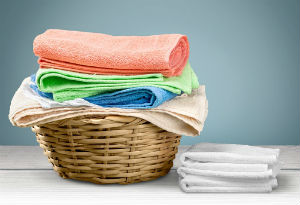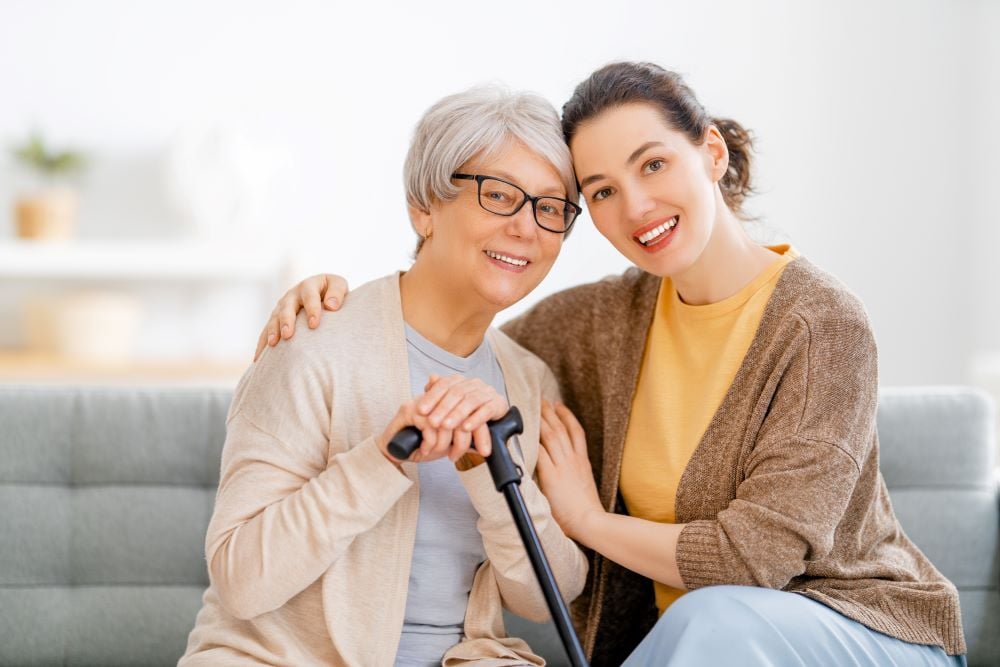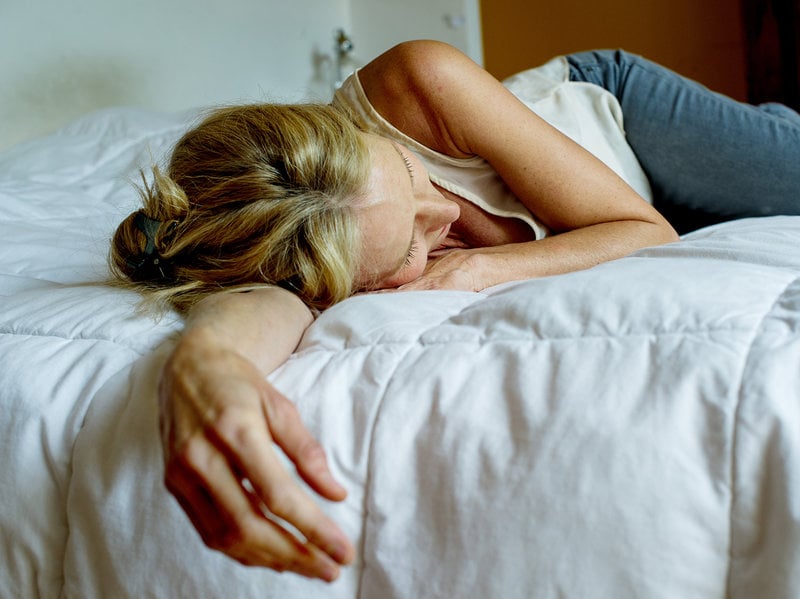Oregon State University researchers recently discovered older adults can gain significant health benefits through walking or more leisurely activities, including household chores and other light-intensity exercise. These exercises can range from slow dancing to table tennis. The trick is to get enough of this activity: 300 minutes per week, which breaks down to 42 minutes a day, seven days a week — or one hour a day, five days a week.
Current medical recommendations suggest all adults should participate in 150 minutes of moderate exercise per week, so the researchers analyzed data to see if lighter exercise is also beneficial. Discoveries include:
- Light exercise can be nearly as effective as moderate or vigorous exercise for older adults.
- Older adults who participated in 300 minutes or more of light exercise per week were 18 percent healthier than those who did not, less likely to have chronic diseases, and they had:
- lower body mass index (BMI)
- smaller waist circumference
- better insulin rates
The lead author of the study, Paul Loprinzi, shares small changes in habit can make a difference. For example, you can walk while talking on the phone, rather than staying seated, to increase overall activity. Meanwhile, a professor at the College of Public Health and Human Sciences of Oregon State University says that these research results show that doing something — even light levels of movement — is “dramatically better than doing nothing.”
Here’s more about the benefits of household activities, walking and slow dancing from other sources.
Quantifying Household Activities
Health.com quantifies the walking-while-talking activity, pointing out that walking during a 35-minute phone call actually burns 100 calories. Other activities that are comparable in calorie burning include:
- Washing windows for 30 minutes
- Vacuuming for an hour
- Transferring laundry from the washer to the dryer, folding the clothes and organizing your closet; 45 minutes will do the trick
- Tidying up activities like changing out light bulbs, shredding junk mail, hanging pictures, or reorganizing books for 30 minutes
More About Walking
Dr. Michael Pratt, acting chief for the Physical Activity and Health Branch in the Division of Nutrition and Physical Activity at the Centers for Disease Control and Prevention in Atlanta (CDC), calls walking a “tremendously good activity” for older adults to maintain mobility and independence. Mark Pratt, a member of the Partnership for a Walkable America goes even further, saying, “Exercise seems to be at the heart of maintaining functional mobility and independence.”
Slow Dancing
According to the University of California, Berkley, “Dancing provides physical, psychological, and social benefits galore, so put on your dancing shoes and follow along,” adding that numerous studies show how dancing can improve balance even in older adults in “frail” condition, including those with Parkinson’s disease. Other improvements happen in “gait, walking speed, and reaction time, as well as cognitive and fine motor performance.”
And ready for this? This is even true with “slow, low-impact dance movements.” Other benefits of dance include:
- Lifts your mood and self-esteem, body image, coping ability and overall sense of well-being
- Controls emotional eating
- More appealing than other forms of movement for many people, so they are likely to stick with it
- Wide range of choices in style, intensity, difficulty, music options and more
- You can participate alone or with a partner
Enjoy!














